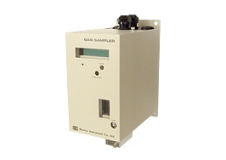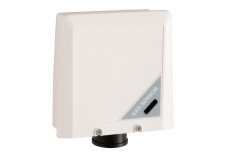Chlorine Detection
Chlorine is a naturally-occurring chemical element with the symbol Cl and atomic number 17. Due to its chemical reactivity, chlorine is rarely present in nature by itself as elemental chlorine, and typically exists bonded to other elements in the form of chemical compounds such as sodium chloride (table salt). When chlorine is isolated as a free element, it is a yellow-green gas, which is 2.5 times heavier than air. Chlorine is extremely reactive and is strongly oxidising agent. Chlorine is produced using the “chlor-alkali process.” In this process, electricity is applied to a solution of salt (sodium chloride) and water. The electricity separates sodium from chloride.
Applications
The high oxidising potential of elemental chlorine led to the development of commercial bleaches and disinfectants, and a reagent for many processes in the chemical industry. It is commonly used as an antiseptic and is used to make drinking water safe and to treat swimming pools. Large amounts of chlorine are used in many industrial processes, such as in the production of paper products, plastics, dyes, textiles, medicines, antiseptics, insecticides, solvents and paints. Drinking water chlorination played a major role in increasing life expectancy by 50 percent during the 20th century and was one of the most significant public health advances in modern history. Between 95 and 98 percent of chlorine emissions breaks down and turns back into salt water.
Elemental chlorine at high concentrations is extremely dangerous and poisonous for all living organisms. Concentrations of the gas as low as 3.5 parts per million can be detected by smell while concentrations of 1000 parts per million can be fatal after a few deep breaths. Chlorine-containing organic molecules such as chlorofluorocarbons (refrigerants) have been implicated in ozone depletion.
Detection Options
Although chlorine is a hazardous material in terms of reactivity and toxicity it can be handled safely provided that appropriate precautions are observed. A Chlorine gas detection system provides a warning when high chlorine levels are detected. The Bionics Chlorine detectors are in particular known for their long sensor lifespan and ability to detect extreme low concentrations of Chlorine gas. Chlorine gas detectors usually can be found at larger water treatment facilities and chemical plants. Contact us for more options.
Gas Specifications
- Gas Name: Chlorine
- Formula: CL2
- CAS No.: 7782-50-5
- TWA: 0.5 ppm
- LEL: Not Explosive
- Density relative to air: 2.54



